In the third of six columns, Brett St. Clair details the equipment needed to be safe in the backcountry.
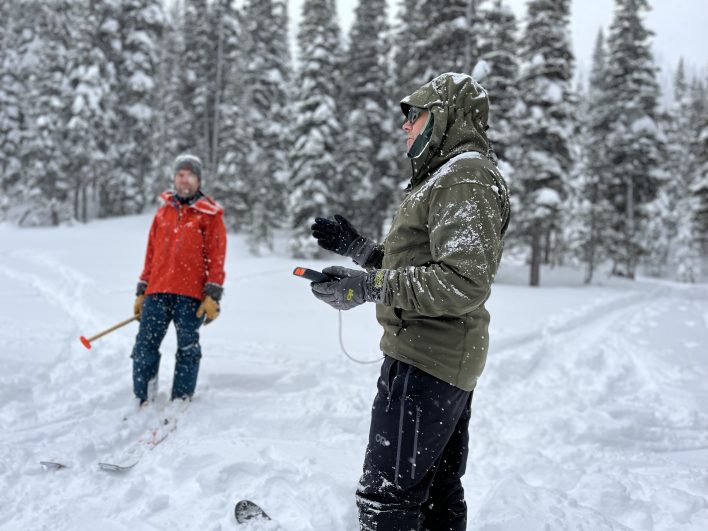
While we all carry rescue gear and communication technology in case something goes sideways, owning it does not equate to knowing how to use it with confidence under extreme stress. More importantly, it also doesn’t equate to knowing how to minimize the chance that you’ll have to use it in the first place.
If you plan to become more engaged in the sport, it is vital to take an avalanche safety course. They are not inexpensive, but the cost is nothing compared to what your life, or the life of a friend or loved one, is worth. A list of avalanche course resources by state can be found in the back of every issue of Backcountry.
Beacons
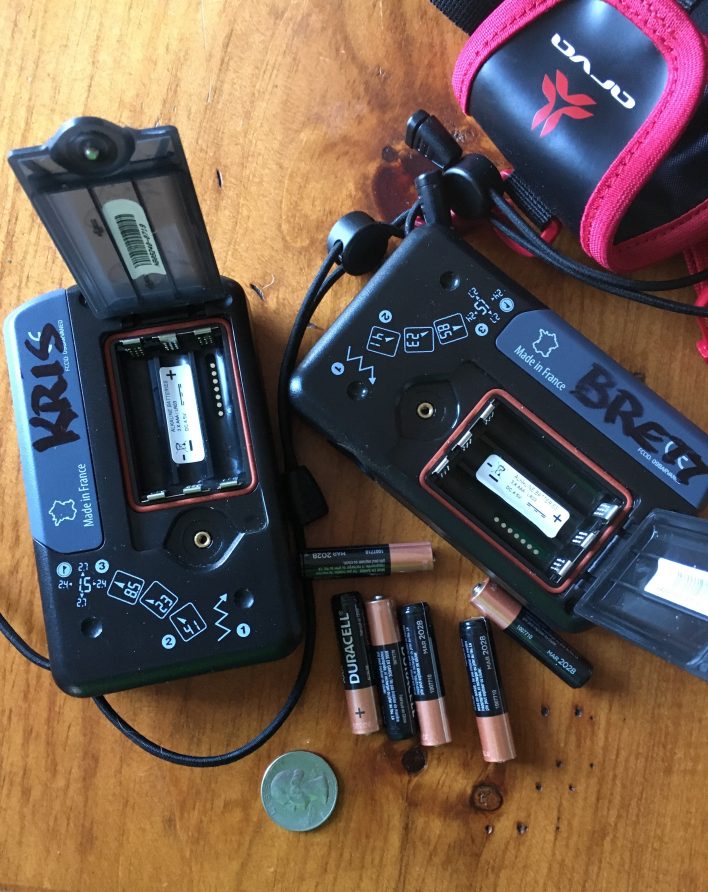
Modern digital avalanche safety transceivers are intuitive and relatively easy to use quickly and accurately with some practice. The cost starts around $350 for a basic transceiver, which is all most skiers need.
Make sure your batteries have enough juice in them before heading out for your trip. Follow the manufacturer’s instructions on what type of batteries to use and when to change them. Most beacons are designed to use alkaline batteries, which function better in colder conditions. All beacons indicate their charge when you turn them on. If in doubt, change them out. When putting your transceiver away for the summer, remove the batteries.
Experiment with your new transceiver and practice companion rescue scenarios before touring with it. It’s also a good idea to do this at the beginning of each ski season to refresh your memory.
Strap your transceiver on under your upper layers of clothing so that once it is in place you don’t have to remove it to shed clothing layers. Many transceivers come with a chest harness, which securely holds your beacon to you. If you opt to carry it in the pocket of your ski pants, make sure the pocket is sturdy and secured with a zipper closure and the transceiver is tethered to the pocket. Do not put anything else in the pocket with your beacon. Other electrical devices like phones, radios, cameras and watches can all interfere with beacon signals. A good rule of thumb is to keep devices 30 centimeters from your beacon when you’re in send mode and 60 centimeters away when you’re in search.
While transceivers are expensive, it is generally advised to buy new, as you can’t be certain that a used beacon will function up to the manufacturer’s specifications.
Shovels
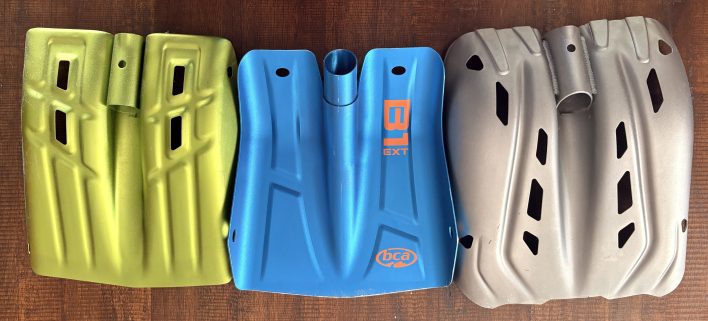
Your shovel is an exception to the lighter is better mantra expressed in my column about choosing the right gear. Avalanche debris is dense, burly stuff. You need a decent-size metal shovel (9 x 11 in /25 x 28 cm) with an extendable handle to chop through and move as much debris as possible as quickly as possible. Some models have a hoe-conversion feature, which is useful. Plastic breaks and won’t cut through avalanche debris, so don’t score a shovel from Canadian Tire or Walmart.
Probes
When it comes to probes, aluminum and carbon fiber both work fine. Don’t go too short trying to save weight. Three-hundred centimeters in length is good. To fit in your pack, probes are broken into segments held together by a cord. The most important feature of your new probe is learning how to fully extend and lock it out efficiently. To do this hold the end with the lock while throwing the rest of the segments and simultaneously pulling the end of the cord. Practice makes perfect.
Communication Devices
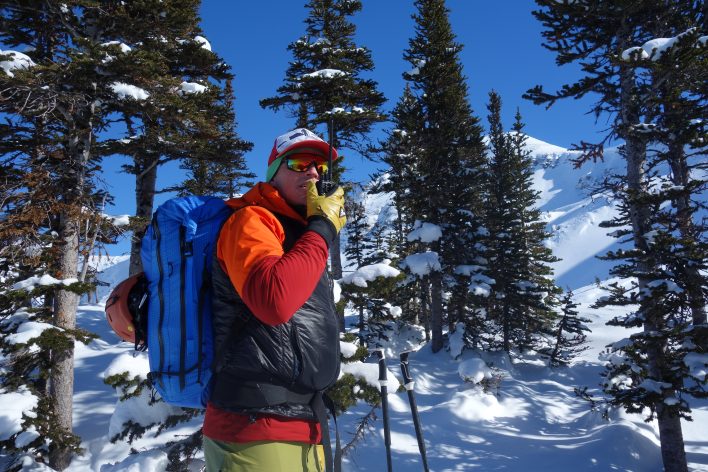
If you have cell coverage in the zone in which you are skiing, a fully charged phone is useful. To conserve battery, either turn on low-power mode or turn the phone off until you need it. Using low-power mode and placing it with a hand warmer packet inside a mitten or hat should keep your phone working all day.
You can often resuscitate a cold, apparently dead phone by sticking it under your clothing—in your armpit or another warm spot—and bringing it fully up to body temperature.
If you are using your phone for navigation, tracking your route, or you are out for more than a day, carrying a small power bank so you can recharge if needed is a must.
While not mandatory, two-way radios are useful for communicating among members of a group, especially because sometimes skiing one by one is safest in avalanche terrain. A top-of-the-line model costs $120-$190. You can buy a serviceable set of two-way radios at Canadian Tire or Walmart for $40 or $50 for the pair.
Emergency satellite communication devices like Garmin’s InReach or Spot devices are now popular among backcountry enthusiasts. Depending on where you are skiing and how remote it is, having one in your group is a good idea.
iPhones have emergency SOS communication capability, as do newer Google Pixel phones. The technology is becoming available for other Android phones via third-party apps or hardware, and the latest iPhones also have satellite messaging. Some SOS capabilities depend on your carrier. Make sure you know how yours works before you need to use it.
All of these devices can interfere with your avalanche transceiver’s signal transmission and reception. Be sure to maintain the 30/60 rule.
Again, it’s wiser to keep yourself out of trouble in the first place than to take unnecessary risks because you can push a button and summon help. In civilization, emergency response time is measured in minutes. In the backcountry it’s hours—or in some cases overnight—before assistance arrives.
For beacon, shovel, probe, communication device and other safety gear reviews, see our Gear page, or find the Gearbox section in any issue of Backcountry.
Brett St. Clair, who with Craig Evanoff is the author of Tips for Beginning Backcountry Skiers, can be reached for questions or comments at brett@wskyline.com. If you’re an experienced backcountry skier but know someone who’s new to the sport and might find these tips useful, why not share this with them?



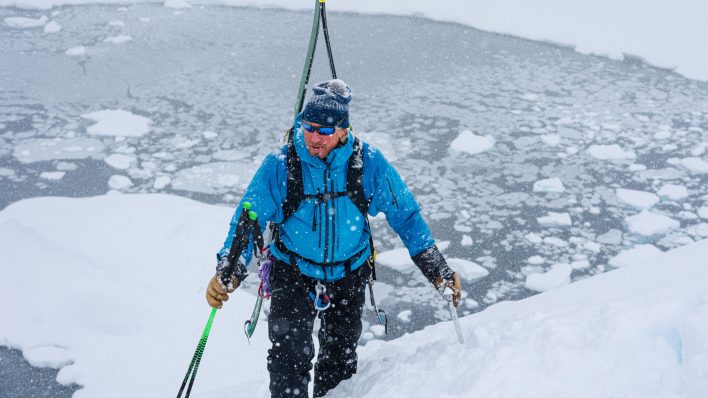
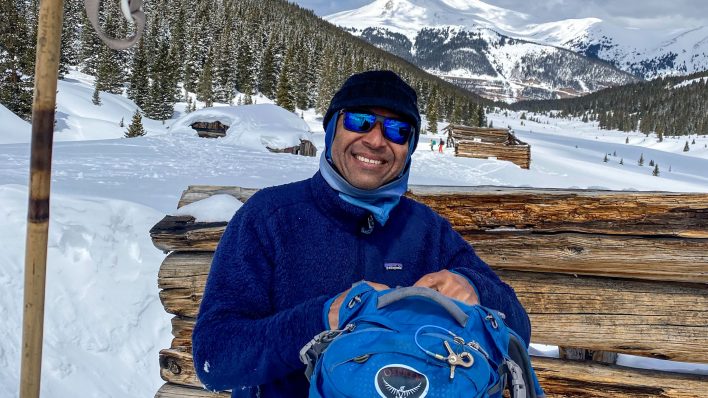
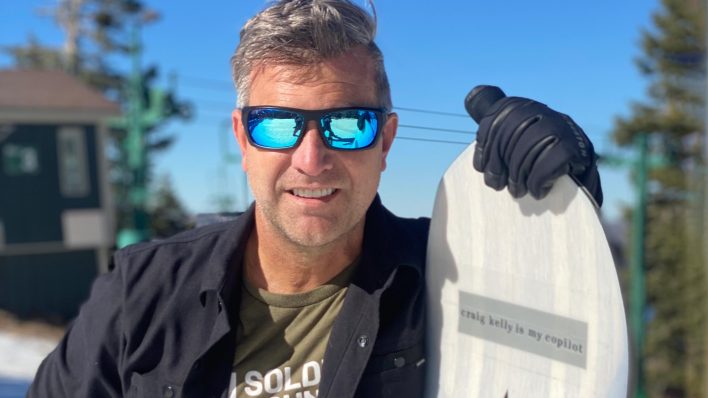
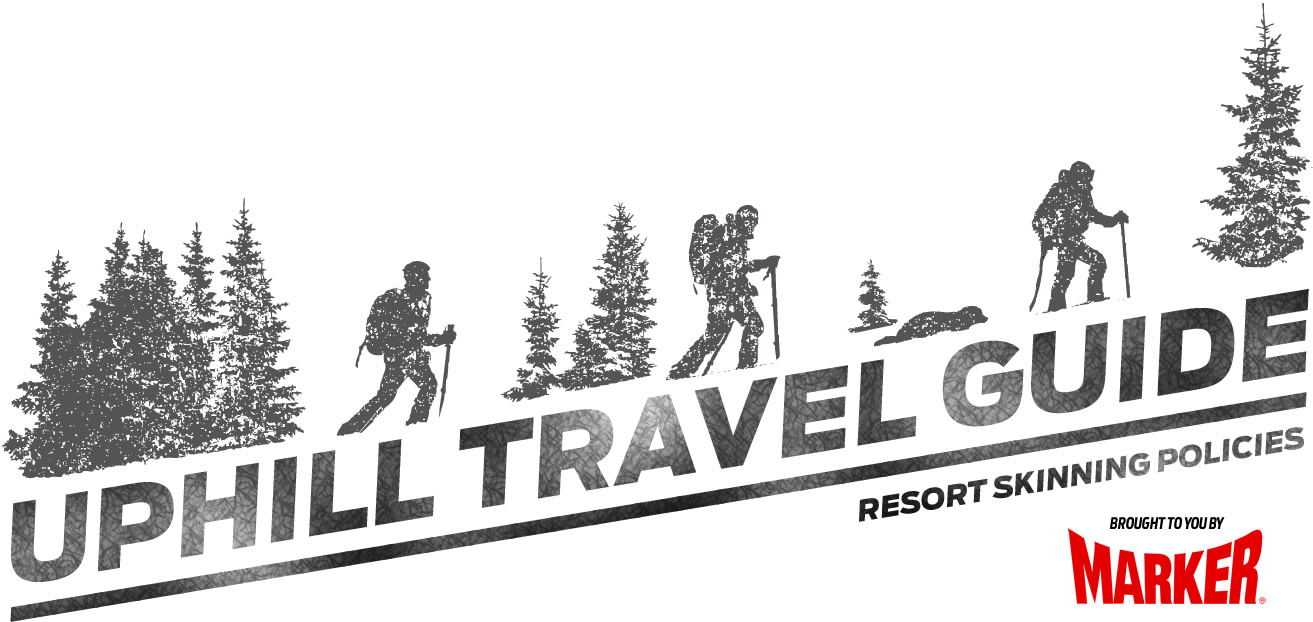
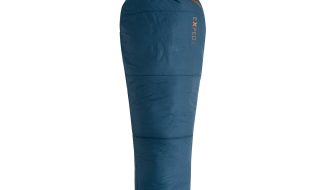
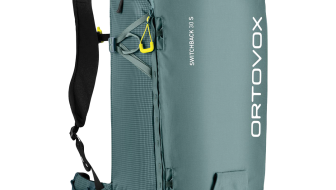

Related posts: